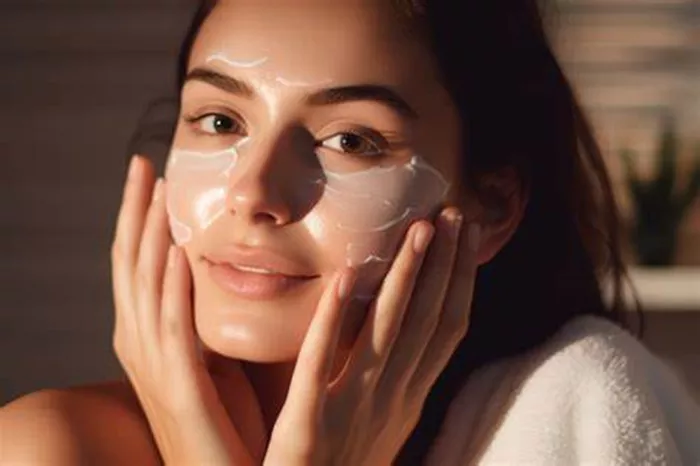In the age of social media’s pervasive influence, a concerning trend has emerged in the United Kingdom, where cosmetic treatments advertised online are causing distress and complications for many individuals. Katie Lowden’s experience serves as a poignant example of the risks associated with such social media – promoted procedures.
Katie Lowden, a mother of four, was scrolling through her social media feed when an advertisement for an ‘eight – point facelift’ caught her eye. The advert promised a younger appearance through injections of facial fillers and Botox in eight areas of the face. Battling self – consciousness and a desire to “look like everybody else,” Katie hoped the treatment would boost her confidence. She decided to book an appointment, a decision that would lead to three years of turmoil. Her body had an adverse reaction to the injected product, resulting in facial swelling and hard lumps forming under her skin. A failed attempt to dissolve the dermal filler at the clinic led to continuous flare – ups of swelling. Seeking help, she turned to the NHS, which prescribed steroids, and at one point, doctors even ordered cancer tests. A biopsy revealed that some of the filler had migrated from her face to her neck. So severe were the effects that Katie postponed her wedding due to concerns about her swollen face. “It knocked my confidence, made me feel upset, embarrassed,” she said, adding that she had even expressed a wish to her partner not to wake up the next day due to her distress. More than two years later, she is still undergoing corrective procedures to restore her face to its pre – facelift state.
Katie is far from alone. There is a growing number of cosmetic clients in the UK experiencing complications after being lured by social media – advertised procedures. Dr Sach Mohan, founder of Revere Clinics, has noticed an increasing proportion of his clients seeking corrective work, individuals who initially found their practitioners on social media. He warns that many of these so – called “Instagram injectors” are non – medical professionals without the proper licenses to perform these treatments. They take advantage of the public’s lack of resources to research suitable treatments and often use substandard products, preying on vulnerable consumers. Katie herself admitted that the online content promoting cosmetic treatments was “difficult not to click on,” and she firmly believes that social media “100 per cent” influenced her decision to have the eight – point facelift.
The regulation of such advertisements falls under the purview of the Advertising Standards Authority (ASA) in the UK. It is illegal to advertise anti – wrinkle treatments like Botox to the general public because it is a prescription – only medicine (POM). However, an ITV News survey of beauty clinic social media accounts in five UK locations found that nearly 90 per cent were promoting POMs. When the ASA discovers rule – breaking ads, it has the power to remove them. Nicky Baker, ASA Compliance Executive, emphasized that while the ASA does not regulate products or practitioners, its role is to oversee advertising. “No one should be seeing ads for Botox in this country. It’s against the rules,” she stated. The ASA uses its advanced active ad – monitoring system to scan social media at a vast scale. Last year alone, this system identified over half a million social media posts related to Botox ads, and more than 25,000 of those posts were reported for takedowns. Despite these efforts, the issue persists, highlighting the ongoing challenge of protecting consumers from harmful and illegal cosmetic treatment advertisements on social media.
- Japanese Model Seisei Clears Breast Augmentation Rumors With Mri Evidence
- Tiffany Trump’s Changing Look: Pregnancy Or Cosmetic Enhancements?
- Rhinoplasty: Balancing Aesthetics And Function, With Revision Options


